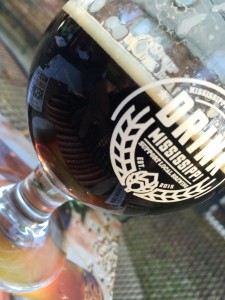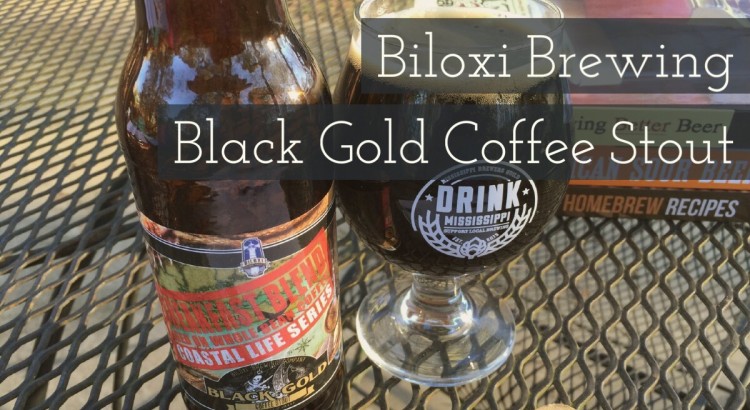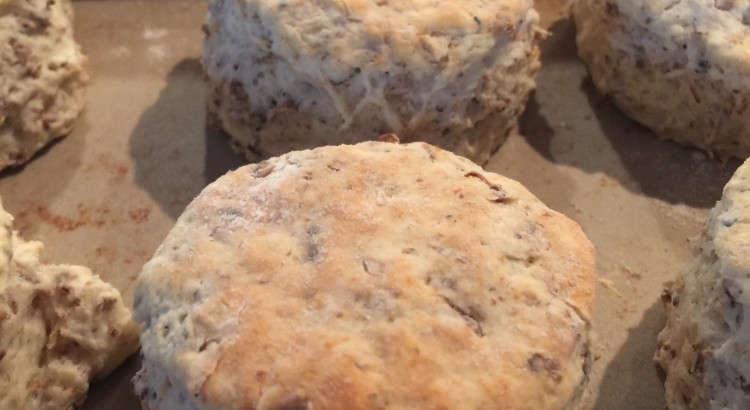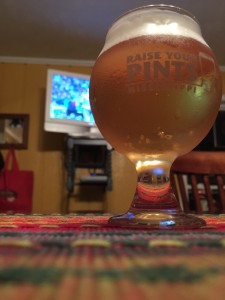I do my best to support local wherever I may be. Living in Mississippi I do my best to support the current 13 craft brewers in the state. Biloxi Brewing was founded by four homebrewers down on the coast. Cheers to these guys for taking the plunge and starting up the brewery.
Judge: Jeremy Wickham
BJCP ID: F0651
Rank: Certified
Beer Name: Black Gold Coffee Stout
Category: 30A – Spice, Herb, Vegetable Beer
Special Ingredients: Foreign Extra Stout aged on whole bean coffee
Bottle Inspection: Good
Comments: None
Aroma: 8/12
Moderately-high roasted grain, moderate dark chocolate, low vanilla and coffee notes, low caramel sweetness.  Very low alcohol presence. No diacetyl.
Very low alcohol presence. No diacetyl.
Appearance: 3/3
Jet black with ruby highlights in the sunlight. Poured a tan, creamy head that has tight bubbles along the edge of the glass that is retaining very well. Opaque, hard to determine the clarity.
Flavor: 12/20
Highly roasted malts dominate the flavor. Moderate dark chocolate. Low green pepper notes, no hop bitterness. Very low coffee flavor present. Low caramel sweetness. A small hint of metal in the finish. Roasted grains are lingering in the finish and turns to a harsh bitterness til the very end. Finishes fairly dry. Alcohol flavors are low.
Mouthfeel: 4/5
Medium bodied, moderately low carbonation, high astringency (from the high use of roasted malts), slight alcohol warming, medium creaminess.
Overall Impression: 6/10
If this were entered into just the Foreign Extra Stout category (16D) this would score a bit better. The coffee flavor seems to have dissipated and is difficult to pick up behind all of the roasted malts. The roasted harshness in the finish is a bit off putting and leaves the mouth feeling the roasty bitterness. There are some small things I would do to help this beer, first the metal flavors could come from your water profile, sparging with water hotter tha 170 degrees or from simply over sparging by extracting roasted tannins. So very close to being an excellent Foreign Extra.
TOTAL: 33/50
Comments: I’ve had this beer before and I don’t recall the dominating roasted flavor that I’m getting today. Is this because I am evaluating this beer and not just simply having a beer. Probably so, that tends to happen when you are judging beers unfortunately. I do try to not “judge” beers when I’m with others simply because that can take away from the fun of enjoying beers. I know had this beer 4-6 weeks ago and the coffee flavor was totally there. Maybe because this sat in my kegerator for a few weeks before today. Who knows? Go drink one and tell me what you think.
Cheers!


